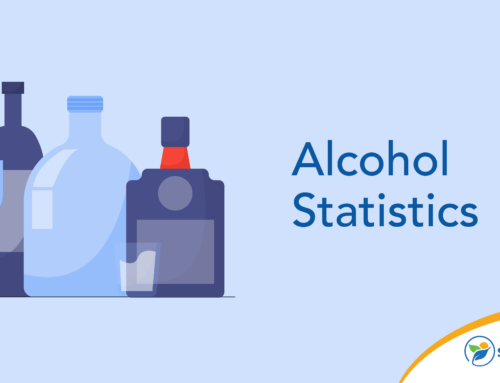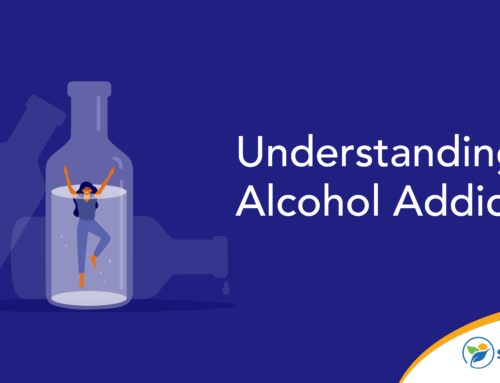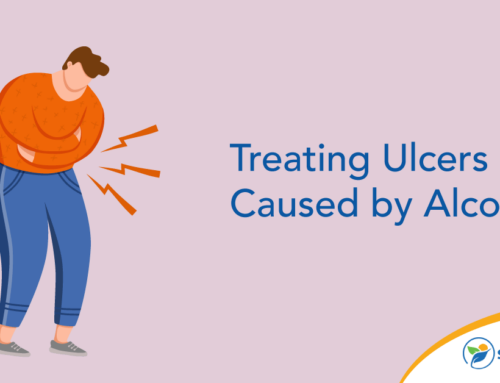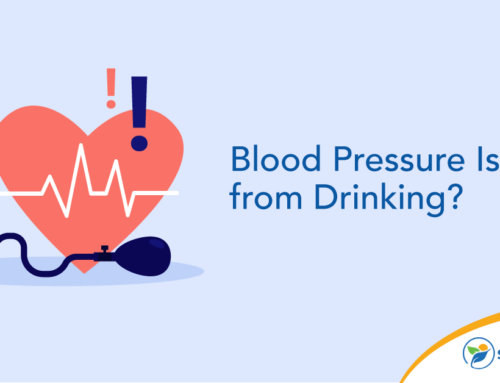When you think of the word “drug,” you probably think of something like marijuana or cocaine. While their use is more common than it should be, it’s relatively hard to obtain street drugs, which helps lower their use somewhat.
But the world’s most widely used drug isn’t what usually comes to most people’s minds — mainly because it’s legal. It’s also easy to get your hands on if you’re over a certain age, and it’s the world’s deadliest. Next time you think of the word “drug,” remember that alcohol is the one most commonly used.
Is Alcohol the Most Commonly Used Drug?
You may be surprised to learn that alcohol is actually the world’s most commonly used drug. It’s legal in all 50 states, as long as you’re over 21 and can provide identification.
Drinking alcohol is also legal in most (although not all) countries worldwide. Despite this, alcohol is still an addictive substance that poses serious health risks like liver disease. Binge drinking (consuming excessive alcohol in a short period) and drunk driving increase the risk of harm or death.
Alcohol is embedded in social norms, leading to its widespread use. People drink to celebrate or mourn and as a way to socialize with others. There are even entire American holidays that appear to center around binge drinking. For example, excessive drinking on St. Patrick’s Day or New Year’s Eve is common and socially accepted.
While an occasional glass of champagne may not be cause for concern, some people have more addictive personalities than others. Unfortunately, for those with addictive personalities, even one (or a few) drinks can lead to excessive consumption.
The Hard Facts Behind Alcohol Use
According to the National Survey on Drug Use and Health in 2021, over 60 million people over age 12 reported binge drinking in the past month, while 16 million admitted to heavy drinking. In this same age group, 133 million reported consuming alcohol at least once in recent weeks. When asked about lifetime use, 219 million people over age 12 admitted to drinking alcohol at least once.
These usage numbers are significantly higher than what the National Survey reported for illicit drug use. For example, only 138 million reported using marijuana in their lifetime. Lifetime use of cocaine was 40 million, and 45 million reported using hallucinogens (like LSD) at least once.
Despite its legality, alcohol is directly or indirectly responsible for countless deaths nationwide. For example:
- A person dies in a drunk driving accident about every 45 minutes in America.
- More than 140,000 people will die annually from excessive alcohol use.
- 18.5% of emergency room department visits can be attributed to alcohol in some form.
- Chronic conditions (like kidney or liver disease) are the leading causes of alcohol-related death.
- 48% of those convicted of murder were under the influence at the time of their crime.
Statistics show that men are much more likely to die from an alcohol-related incident or disease than women. The older people who heavily consume alcohol get, the more likely they are to suffer from serious health problems. Younger people appear to drive drunk more than those over 35.
The only way to completely prevent the risk of injury or death from alcohol consumption is to avoid drinking entirely. But that may not be a realistic goal for some people. Harm reduction tips include never driving under the influence and drinking only in moderation. One or two drinks occasionally will generally not cause long-term health issues, except in those with certain preexisting health conditions.
Recognizing the Signs of Alcohol Use Disorder
For someone with alcohol use disorder (AUD), even one drink is too many because it can be the tipping point that makes them fall into a downward spiral of excessive drinking and risky behaviors. Because alcohol is both legal and widely consumed, it can be challenging to determine if you or your loved one might have a problem. Some of the most common signs of alcohol use disorder include:
- Cravings for alcohol
- Frequently consuming more than intended or drinking for lengthier stretches than intended
- Wanting to quit or cut back on drinking but consistently failing to
- Having problems in relationships, work or school because of alcohol
- Lacking interest in things that once brought you joy
- Participating in risky behaviors when drinking alcohol
- Developing health issues related to alcohol, including both short-term problems (dehydration, injuries and alcohol poisoning) and long-term problems (liver disease, stomach ulcers and kidney failure)
- Experiencing withdrawal symptoms when not able to consume alcohol (shakiness, sweating, digestive problems, sleep difficulties and mood swings)
Treatment for Alcohol Use Disorder
If you or a loved one shows the signs of an alcohol use disorder, it’s crucial to get the help you need. The first step on the road to recovery is recognizing you have a problem and reaching out for help — and for many, this first step is the hardest. At Sunlight Recovery, we offer comprehensive alcohol treatment in South Florida that can help you get sober and remain that way moving forward.
Although every program is customized, you can generally expect your treatment to include:
- Detoxing from alcohol
- Group counseling sessions
- Individual therapy
- Family counseling
- Medication management (especially in severe cases)
- Indoor and outdoor activities that help you become healthier mentally and physically
Start Your Sobriety Journey Today
If you or a loved one are struggling with binge drinking, don’t be afraid to ask for help. Alcohol can be a particularly challenging addiction to give up because it’s so easy to get and so many people partake in it. Our team of compassionate counselors is ready to take your call at any time. Contact us now and start your sobriety journey today.







